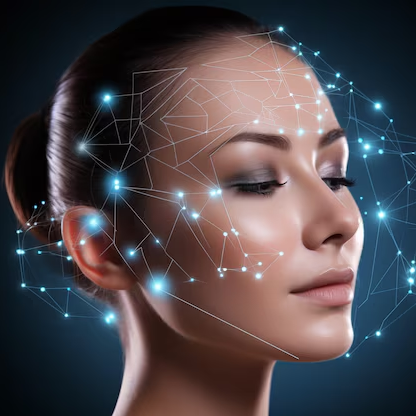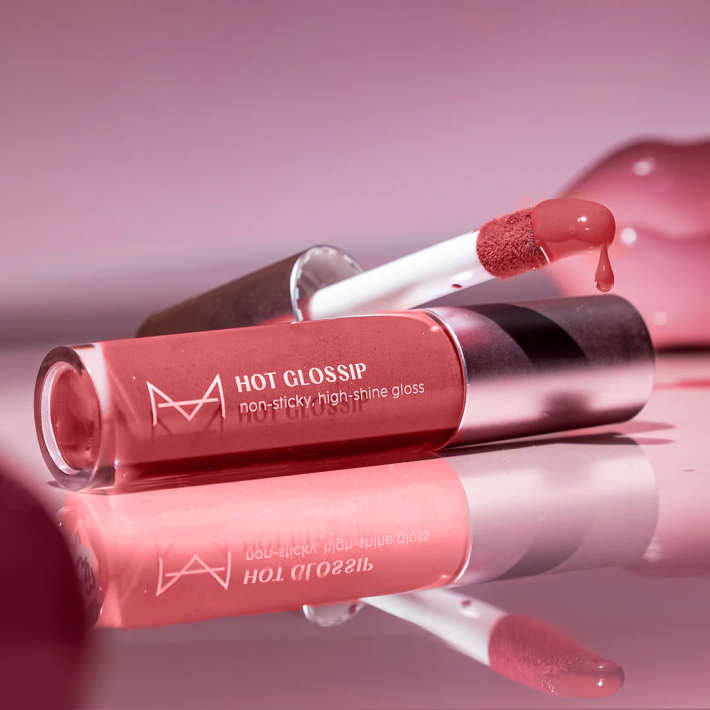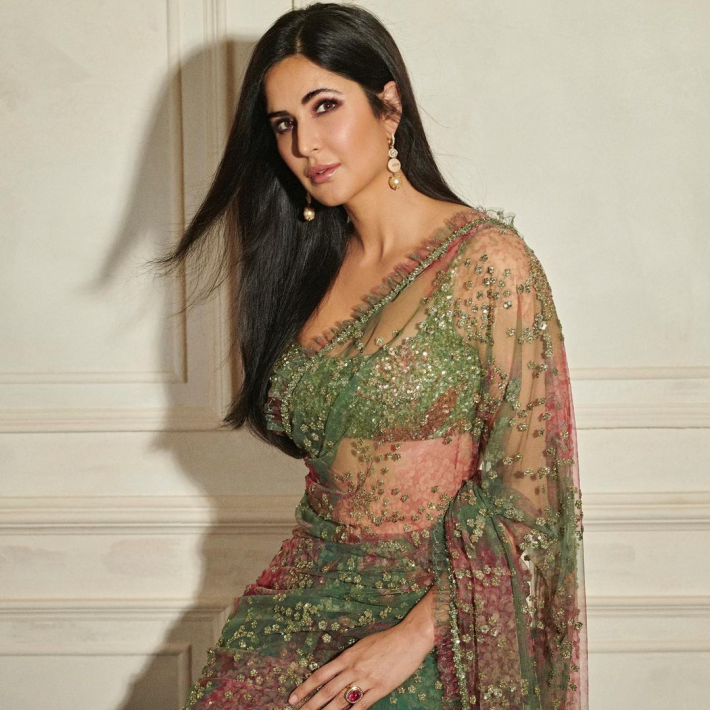Neurocosmetics by Sumita Chakraborty
It used to be that skincare was just about achieving a glow. Now, it’s about feeling it… emotionally, mentally, and even neurologically. In 2025, the beauty industry is entering a new era with a trend that’s both groundbreaking and deeply personal: neurocosmetics.
More than just a buzzword, neurocosmetics represent a transformative shift in how beauty is approached in 2025. These cutting-edge formulations are designed to work with the skin’s sensory and nervous systems, offering benefits that go beyond the visible… from reducing stress and improving sleep to subtly enhancing overall mood, all through topical application.
TheGlitz’s Founder and Editor-in-Chief, Sumita Chakraborty, delves into the growing relevance of neurocosmetics, highlighting how the category is evolving from niche innovation to mainstream wellness essential. As the boundaries between skincare and self-care continue to blur, this trend is fast becoming one of the most compelling movements in modern beauty.

All About Neurocosmetic
“Your skin isn’t just a barrier,” explains Dr. Leila Vossoughi, a cosmetic dermatologist and neurodermatology researcher based in London, in an interview. “It’s an active sensory organ with thousands of nerve endings. When you stimulate those nerve endings with certain ingredients, you can trigger responses in the brain — including the release of neurotransmitters like dopamine and serotonin.”
Neurocosmetic & Ingredients
The science behind it is compelling. Neurocosmetic ingredients like Neurophroline™ (an extract from wild indigo), cannabinoids, and adaptogens like ashwagandha and rhodiola are leading the charge. These actives are clinically shown to reduce cortisol production in the skin and enhance mood markers — meaning your favorite serum might soon double as an emotional wellness product.
More Like Rituals

“Consumers today aren’t just looking for performance,” says Mélanie Ruiz, product innovation director at a Paris-based clean skincare brand. “They want rituals that calm their minds, ground them, and feel luxurious. Neurocosmetics give us the opportunity to merge science, skincare, and emotional health.”
What’s The Philosophy?
It’s not just the ingredients that are making waves, it’s also the design philosophy. Brands are rethinking the sensory experience of skincare. From the soft textures of cloud creams to the calming scent profiles inspired by aromatherapy, the modern product doesn’t just work, it feels right.
Take, for example, Typology’s Stress Serum, a minimalist French formulation that uses Neurophroline™ to calm the skin after a long day in urban pollution. Or Herbivore Botanicals’ Emerald Oil, which blends CBD with adaptogenic herbs to visibly reduce redness while offering a calming aromatherapeutic moment.
Stats & More
According to a 2025 report from Mintel, 67% of skincare consumers globally now consider emotional well-being a key factor in their purchase decisions. That’s a sharp uptick from just three years ago. Experts say Gen Z and Millennials are driving this shift but Gen X and Boomers are not far behind.
“It’s really a return to beauty as self-care,” says Dr. Vossoughi. “For a while, we were obsessed with transformation… filters, fillers, 10-step routines. Now we’re seeing a pendulum swing toward gentleness, presence, and joy. Neurocosmetics are just one manifestation of that cultural shift.”
Brands Too
The implications go beyond skincare. Makeup brands are starting to experiment too… with colour formulas that use scent, texture, and pigment psychology to elicit specific moods. One indie brand, MindSkin Beauty, is even working on a foundation infused with magnesium and L-theanine to support stress reduction throughout the day.

Will neurocosmetics replace conventional skincare? Not likely but they’re certainly expanding the possibilities. As beauty continues to blur the line with wellness, the smartest products will be those that don’t just make you look better… they’ll help you feel better too.
And in a world where stress is constant, and self-care is currency, maybe that’s the most beautiful innovation of all.













